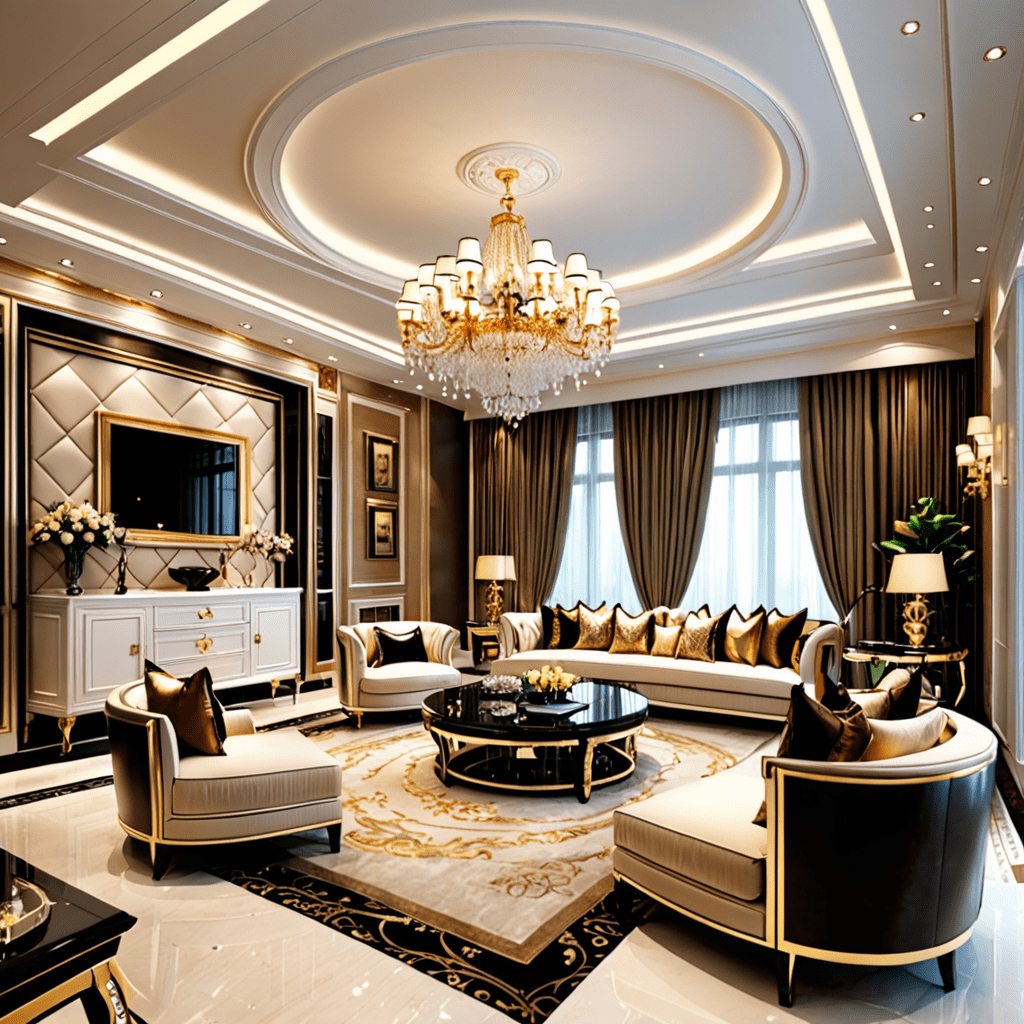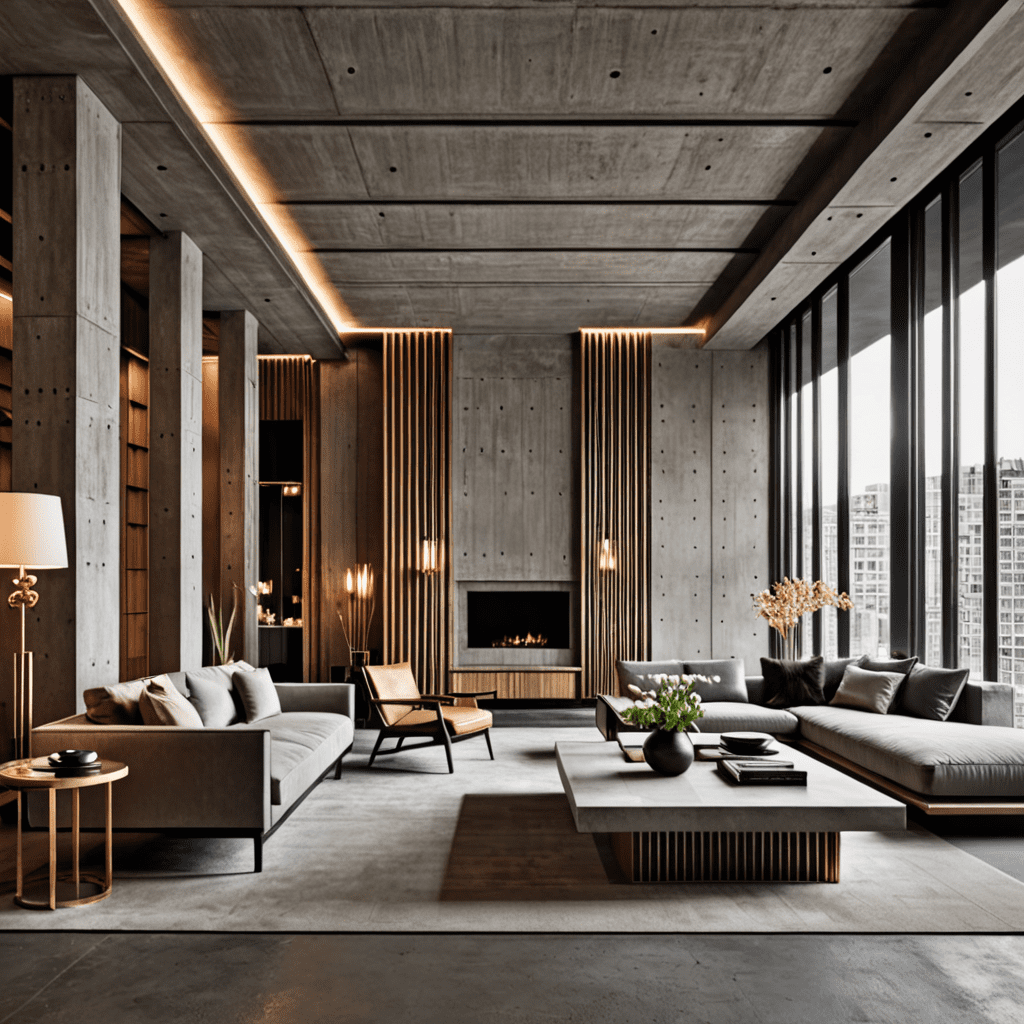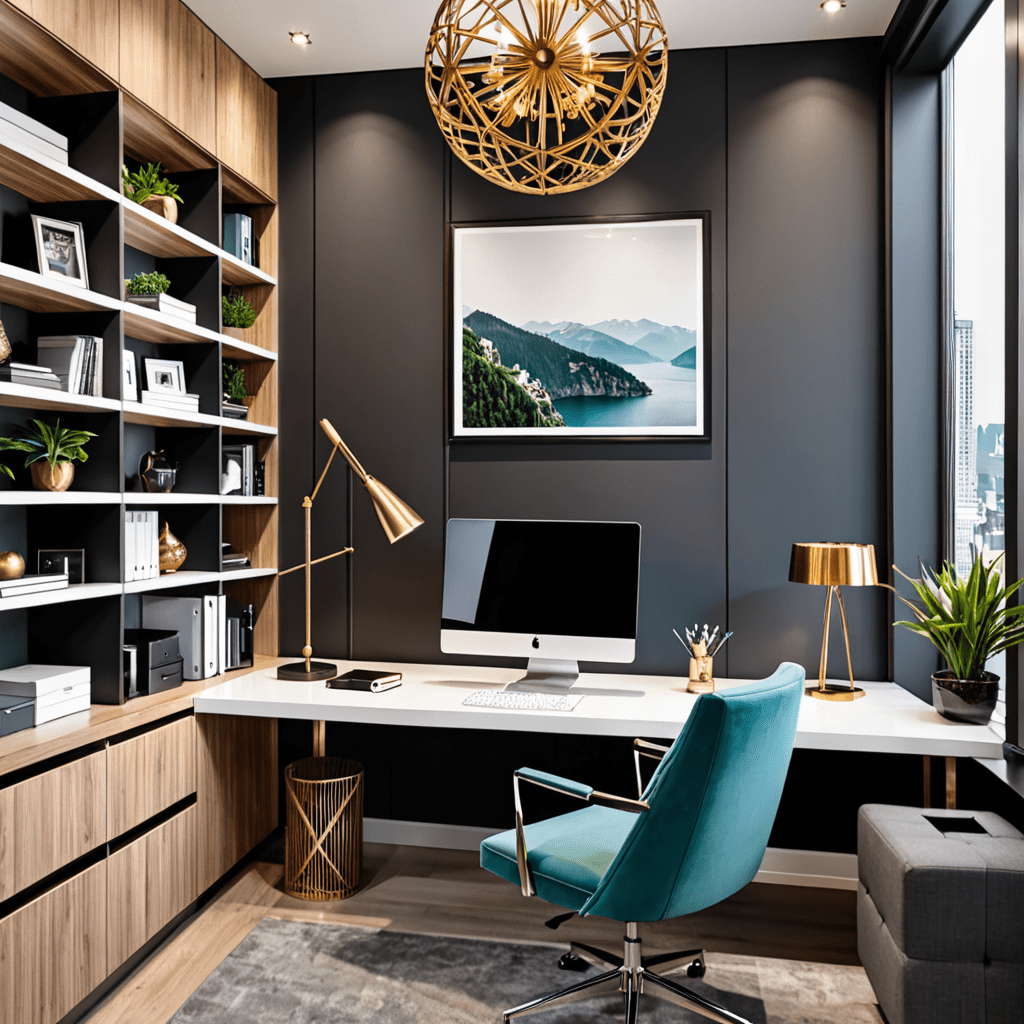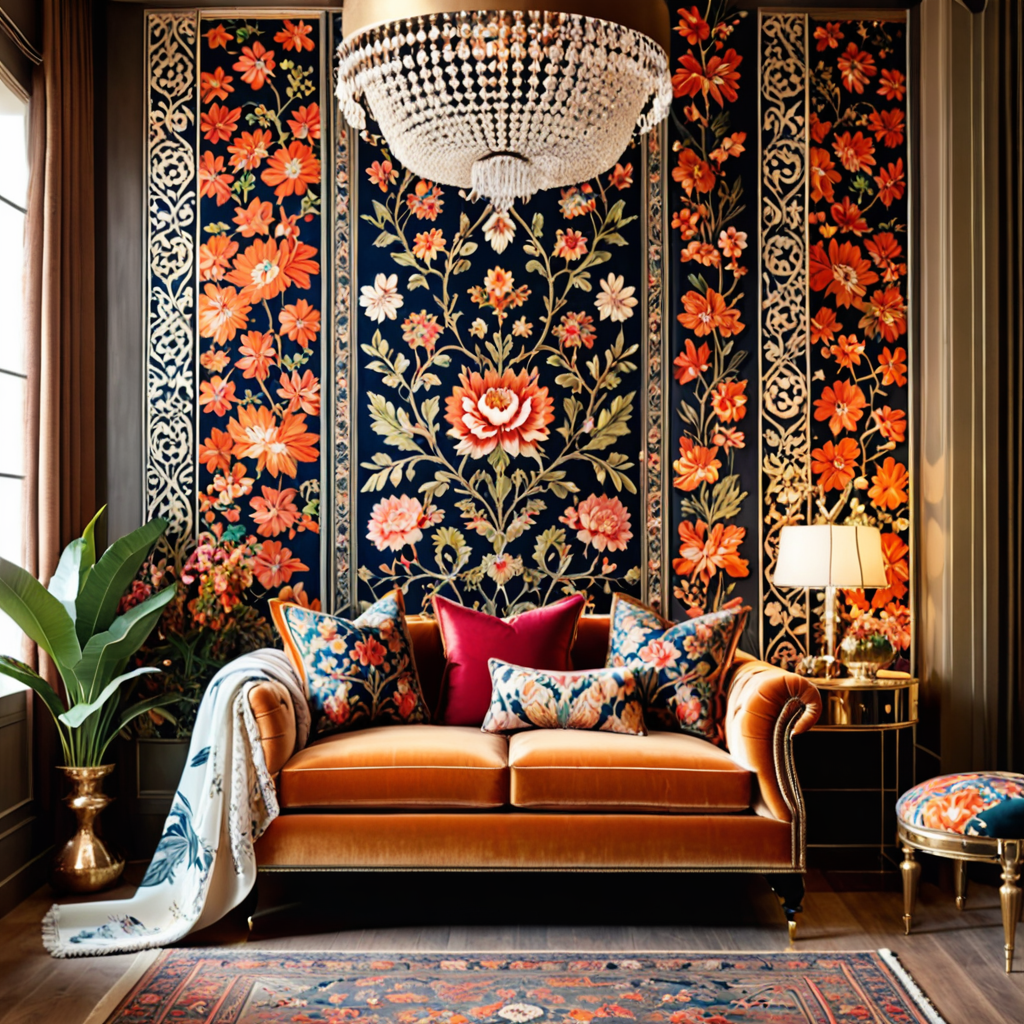Create Harmony in Your Home: Embracing Horizontal Lines in Interior Design


Create Harmony in Your Home: Embracing Horizontal Lines in Interior Design

Horizontal lines in interior design can have a profound impact on the overall ambiance of your home. With their ability to convey stability, calmness, and balance, horizontal lines can create a sense of expansiveness and serenity within a space. Whether you’re looking to create a modern, minimalist aesthetic or a more traditional and cozy atmosphere, incorporating horizontal lines into your interior design scheme can be an effective way to achieve your desired look. In this blog post, we will explore the various ways in which horizontal lines can be used in interior design and provide you with inspiration for incorporating them into your own home.
1. Accentuate the Horizontal
One effective way to embrace horizontal lines in your interior design is to accentuate them in your furniture and decor choices. Opt for pieces that feature horizontal lines, such as low-profile sofas, long dining tables, or horizontal shelving units. By doing so, you’ll visually emphasize the horizontal aspect of the space, creating a sense of continuity and balance.
2. Play with Patterns
Incorporating horizontal patterns through wallpapers, fabrics, or tiles can add visual interest and depth to a room. Consider using wallpaper with horizontal stripes or choose rugs and curtains with horizontal patterns. These elements can not only make your space look visually appealing, but they can also create an illusion of spaciousness and elongate the room.
3. Open Up Space with Horizontal lines
If you have a small or narrow space, incorporating horizontal lines can be a powerful tool to visually expand the room. Paint horizontal stripes on the walls or use wallpaper with a horizontal pattern to create the illusion of a wider space. Additionally, installing horizontal mirrors or adding horizontal trim can help reflect light and make the area feel more open and inviting.
4. Balance with Vertical Elements
While horizontal lines can create a sense of stability and balance, it’s important to balance them with vertical elements to avoid overwhelming the space. Incorporate vertical lines through tall furniture pieces, floor-to-ceiling windows, or artwork with vertical motifs. This interplay of horizontal and vertical lines will create a harmonious and visually pleasing environment.
5. Bring Nature Indoors
Horizontal lines can also be integrated into your interior design through the use of natural materials. Consider using wooden planks or stone tiles placed horizontally for flooring or wall cladding. This not only adds warmth and natural beauty to your space but also enhances the horizontal aesthetic.
6. Lighting Matters
Don’t underestimate the power of lighting in accentuating horizontal lines. Use strategically placed lighting fixtures, such as wall sconces or recessed lights, to highlight horizontal elements in the room. These light sources help draw attention to the lines and further enhance the overall design scheme.
FAQ
Q: Will using horizontal lines make a small room look even smaller?
A: While using horizontal lines in a small room may seem counterintuitive, when done correctly, they can actually make the space appear larger. Incorporating horizontal lines through patterns, wallpapers, or low-profile furniture can create an illusion of width and openness in the room.
Q: How do vertical elements balance horizontal lines in interior design?
A: Vertical elements help balance the visual impact of horizontal lines. By incorporating tall furniture or artwork with vertical motifs, you create a sense of verticality that complements the horizontal lines, resulting in a harmonious and balanced space.
Q: Can I incorporate horizontal lines in a traditional design scheme?
A: Absolutely! While horizontal lines are often associated with modern and minimalist aesthetics, they can also be successfully integrated into traditional design schemes. Consider using elements like horizontal trim or incorporating horizontal patterns in fabrics and wallpapers to add a contemporary touch to your traditional space.
Q: Where else can I use horizontal lines besides walls and furniture?
A: Horizontal lines can be used in various ways throughout your space to create a cohesive design. Consider using horizontal lines in curtains, rugs, bedding, or even through architectural features like ceiling beams or paneling.
Q: How do horizontal lines impact the mood of a space?
A: Horizontal lines tend to create a sense of calmness, stability, and balance. They can evoke feelings of serenity and relaxation, making them an excellent choice for spaces where you want to foster a peaceful atmosphere, such as bedrooms, living rooms, or home offices.
Q: Can I mix horizontal lines with other patterns in my interior design?
A: Yes, you can absolutely mix horizontal lines with other patterns! However, it’s important to maintain a sense of balance and coherency in your design. Choose patterns that complement each other in terms of scale and color and consider using a neutral color palette to tie everything together seamlessly.




